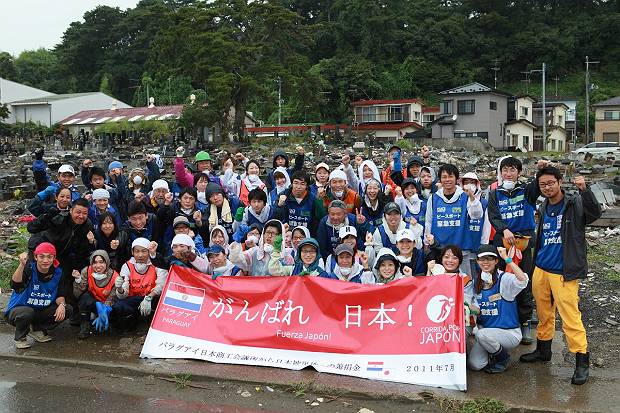
News
Typhoon #12: Investigation of damage in Wakayama
September 8, 2011
On September 7, Peace Boat sent three staff and volunteers to Wakayama Prefecture, which was severely affected by the heavy rains following Typhoon #12 recently. The three members including Suzuki Takayuki have worked long-term in Ishinomaki on earthquake and tsunami relief, and as of September 7 are investigating the local needs in areas including Nachikatsuura and Shinguu.
Progress reports will be posted on this site.
Letter from Ishinomaki
September 7, 2011
Last month, we received a message from Mr Nishimura, the sub-temple master of Kosai Temple in Sumiyoshi town in Ishinomaki to all the volunteers who had participated in mud removal and cleaning activities from all over Japan as well as overseas. As a result of the volunteer work, they were able to hold a joint memorial service for the Obon festival and many flowers were placed on the cleaned graves (Obon is a Japanese Buddhist custom to honour the deceased spirits of one’s ancestors).
————————————————
View the original letter in Japanese (pdf)
To everyone at Peace Boat
It has been some time since I last had contact with all of you who have participated in Peace Boat’s volunteer activities from all over Japan and also from overseas. Did you go back to your hometown for the Obon holiday to have some rest?
We truly appreciate all of the hard work you did to remove sludge from the grounds of Kosaiji Temple, Konpira Shrine, the parking area and side ditches and to clean the cemetery in the hot weather.
Thanks to you all, the Urabon Joint Memorial Service held on the 14th and 15th of August finished without any problems and many flowers have been placed on the graves in the cemetery that is now clean in every corner. I’m sure that the Buddha resting at each grave is pleased as well.
Members of Danka (households that have a voluntary and long-term affiliation with the temple) were very appreciative because the area had become so clean that there was nothing left for them to do.
And, despite the fact that you did so much hard work, we apologize for not being able to express our thanks properly. To express our appreciation, I have enclosed some photos of Kosai Temple at the time of the disaster and a video of the cemetery during Obon, so please take a look at them together with everyone.
There are photos of Kosai Temple taken immediately after the earthquake and some current pictures.
It will continue to be hot for a while, so please take good care of yourself.
Nishimura
Sub-temple master of Kosai Temple
————————————————
Enclosed with the letter were some photos of the cemetery taken in April and of the memorial service held at the cleaned-up Kosai Temple. Thank you so much to everyone at Kosai Temple for sending us your cheerful letter.
Here are just a few of the photos:
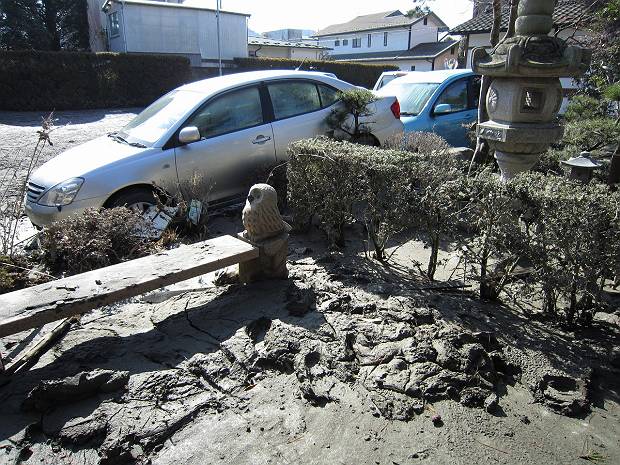

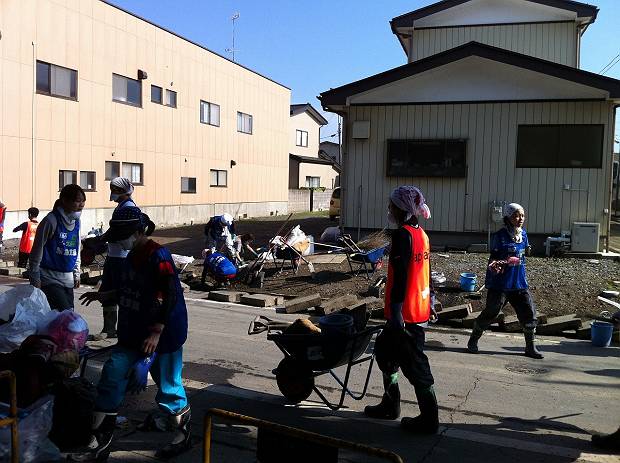

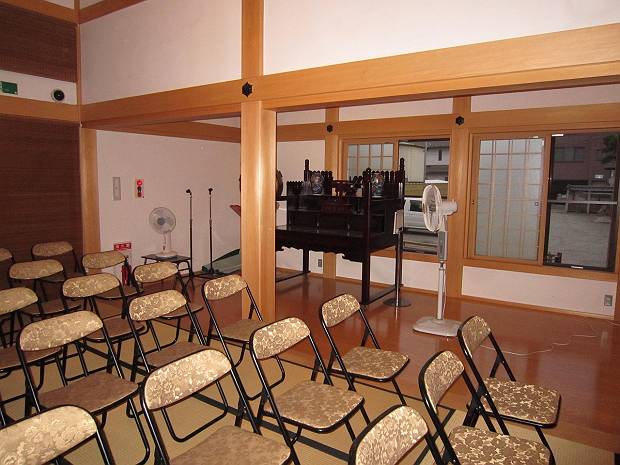
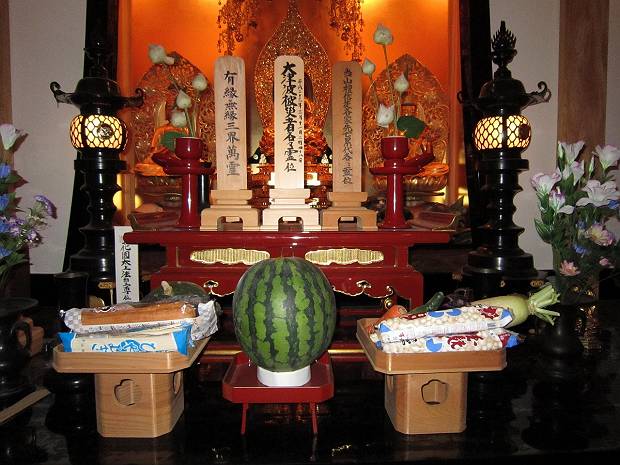
Fukushima Youth Project – Staff Interview
August 31, 2011
For a total of 13 days from Saturday July 23 to Thursday August 4, 49 Junior High School students from six different schools in Minamisoma (Fukushima prefecture) participated in the Fukushima Youth Voyage which traveled to Viet Nam, Singapore and Sri Lanka onboard Peace Boat’s 74th Global Voyage. The students enjoyed participating in activities onboard and in the ports of call. For some of them it was their first time to travel overseas and they all gained a lot from the international exchange and learning opportunities. This is an interview with accompanying staff member Ms Yasuhara Hazuki about her experience and thoughts on the project.
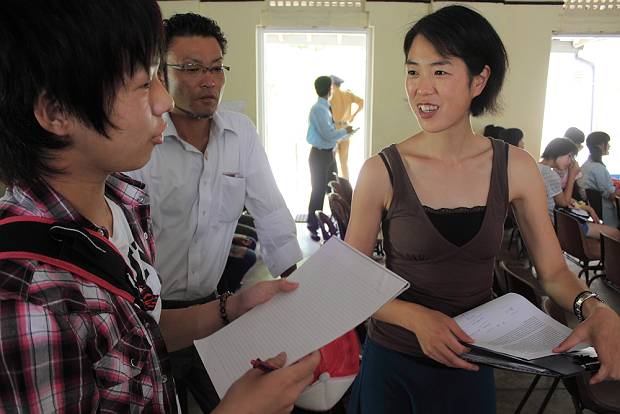
Ms Yasuhara Hazuki (right)
“They played soccer until it got dark and danced around the campfire. Many of the kids played outside as much as possible both on board and in the ports,” comments Ms. Yasuhara. It might seem only natural that children would play outside, but there is a reason Ms Yasuhara emphasized this point at the beginning of the interview.
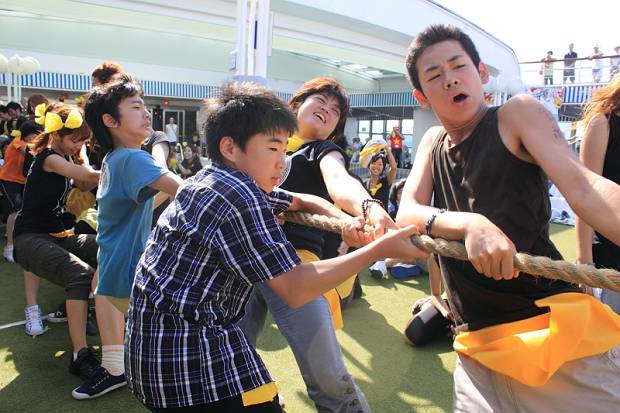
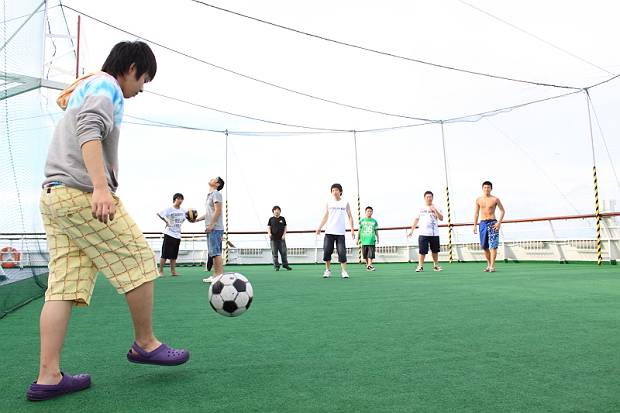
The city of Minamisoma is inside the 40km evacuation zone surrounding the Fukushima Dai-ichi nuclear power plant where the nuclear accident occurred. Residents in this coastal city also suffered extensive damage from the tsunami and have been troubled with the issue of how to continue on with their lives. When this project was initially proposed in June, many people had evacuated the area and only 900 of the 2000 junior high school students originally living in Minamisoma were left. The six junior high schools in the region were all merged at the campus of Kashima Junior High School, with each school using different classrooms for their classes. Despite being in the same environment, there was not much opportunity to mix and make friends with each other. Sports classes were cancelled, students wore masks to school and even wore long-sleeved clothing inside the classroom and during class. When the participants of the Fukushima Youth Voyage were asked “What are you looking forward to on the ship?” the most popular answer was “the pool!” Ms Yasuhara says that given the situation in Minamisoma she could she why that was their answer. “As time went on after the disaster occurred, many children had to say more and more goodbyes to their friends as people evacuated. At the end of the cultural exchange event with youth in Viet Nam, the youth from Viet Nam came to the dock to see the ship off and this reminded some of the Minamisoma students of the many goodbyes they had said to their friends. Each of the students have come from different situations and this made me realize the difficulty of the environment they had been facing for more than 4 months since the disaster.”

Having formerly worked for Peace Boat, Ms Yasuhara learned of the Fukushima Youth Project in late June and decided to once again board the ship to support this project. She further spoke about her reason for getting involved: “After the disaster occurred I went to Ishinomaki to help with the emergency relief operation but the situation in Fukushima kept bothering me. I often travel overseas in my job but it made me think about nuclear accidents in Japan, a country which has already suffered from the effects of nuclear radiation in Hiroshima and Nagasaki. Having experienced Hiroshima, Nagasaki and Fukushima, I thought about what Japan should do from here on. Before the disaster occurred I had worked at a nature school at the foot of Mt Fuji that hosted youth camps and school trips. I thought that I could help with this project in some way because of my experience.” Having experience hosting youth groups in Japan is one thing, but hosting a group of young students on an overseas trip was a different experience for Ms Yasuhara. “The kids don’t wear watches so they were late, they fight, they got in trouble for running around at night, and they just couldn’t understand why their passports were so important. They would leave them lying around while the went to the bathroom, or went off to have fun. No matter how many times I explained how important passports were, before I knew it they had left them lying around again,” says Ms Yasuhara with a laugh.
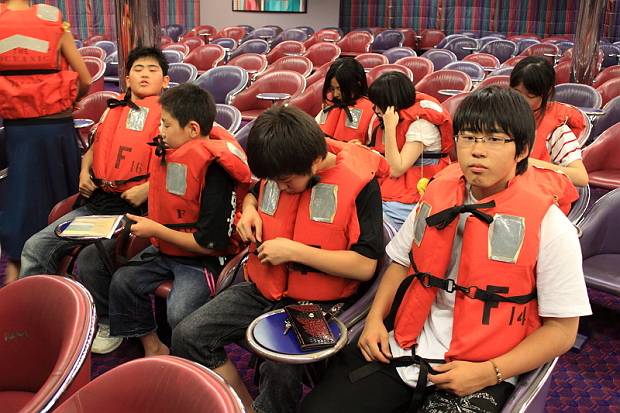
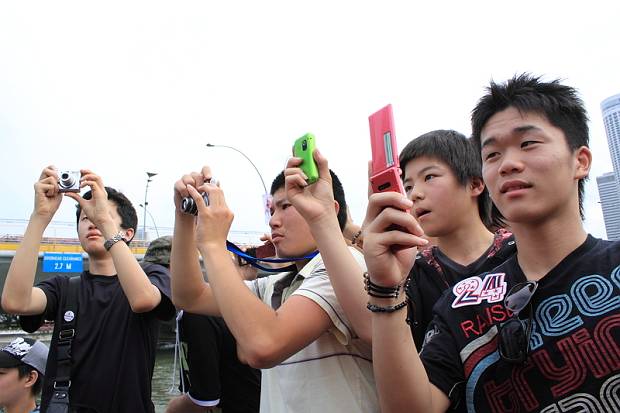
You can imagine what it would have been like with 49 Junior High School students excited about their first trip overseas. However, Ms Yasuhara is glad to have been involved. She explains, “I think the cultural exchange experience made Japan’s neighboring Asian countries seem closer and dispelled some stereotypical opinions about these countries. Some of the kids said things like: ‘Even though the people were foreigners they seemed similar to Japanese people’ ‘I was happy because everyone was really nice’ ‘It’s fun getting to know new people.’ Before the voyage, some of the kids were on the verge of distancing themselves from people because of experiencing so many goodbyes back home. I believe that these comments from the kids show that despite this, the experiences that they had during the voyage made them think in a positive way about meeting new people. After meeting with children facing difficulties in Viet Nam and Sri Lanka, one of the kids said, ‘I am going to try hard just like they are and live each day of my life so that I have no regrets.’”
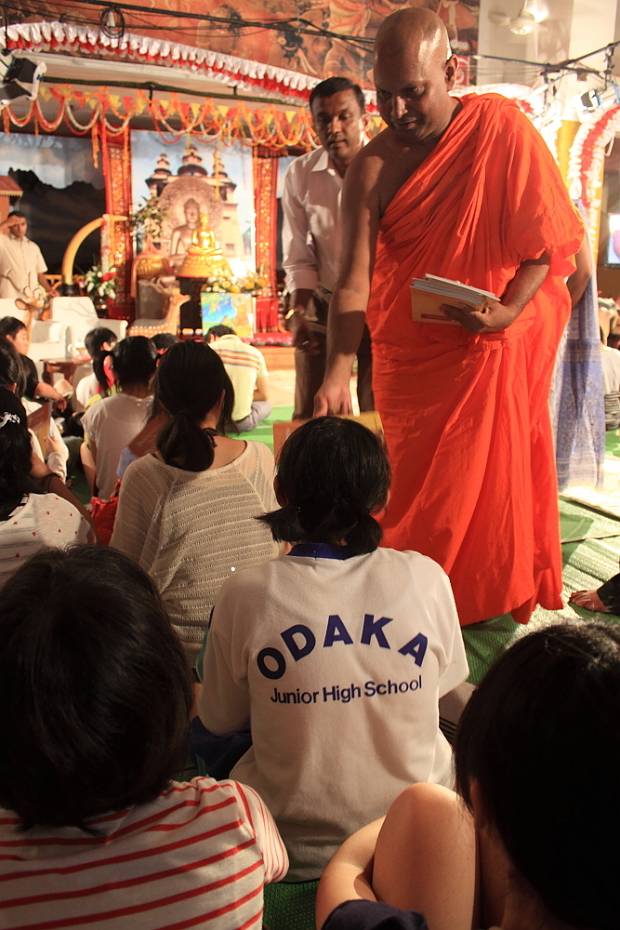
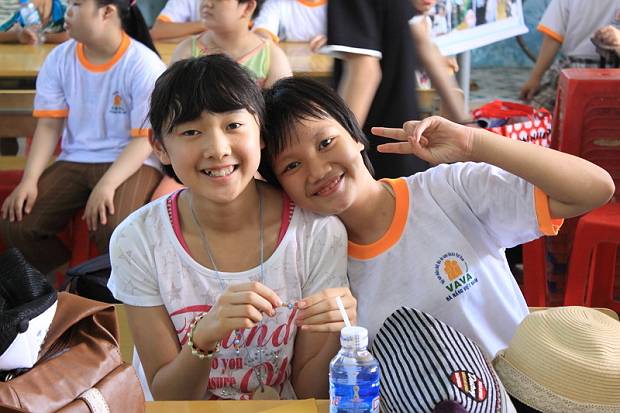
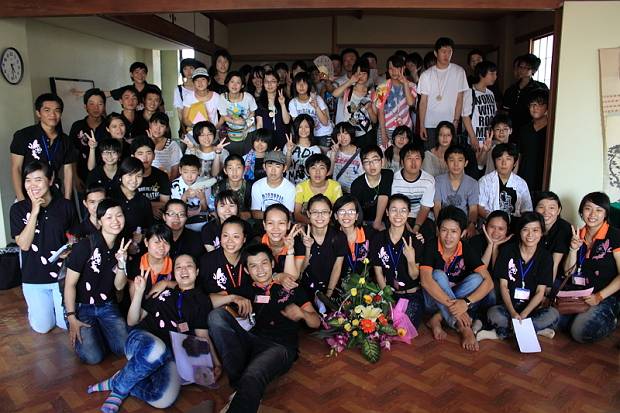
The last question asked of Ms Yasuhara was, “What changes did you see in the children over the 13 days?” She responded, “their facial expressions changed. The 49 students from 6 different schools all changed in different ways. My first impression was that it was impossible to organize them all to do the same thing at the same time. In the case of Kashima Junior High, it couldn’t be helped that the students weren’t making new friends because they were in separate classes. On Peace Boat, as the students got to know one another and call each other by name, they started to smile more. Their time together was short but it was intense with the exchange programme in Viet Nam, the onboard sports festival with all generations and the special classes on board. When the group waved goodbye to Peace Boat in Sri Lanka, they all shouted “Thank you!” in unison. They kept watching the ship as it departed. The kids had been bottling up their emotions since the disaster occurred but I think they got to spend their summer vacation traveling to different countries, doing things that they enjoy and making many new friends.”
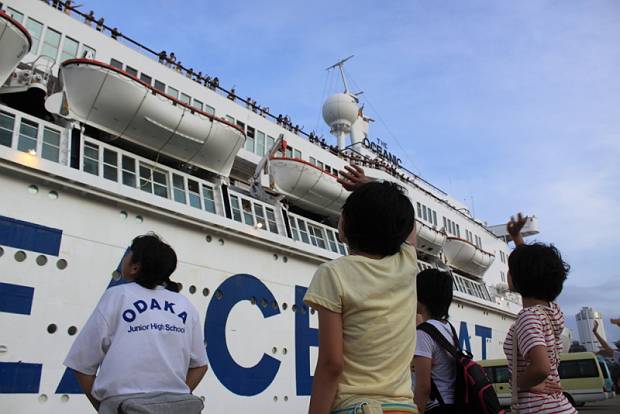
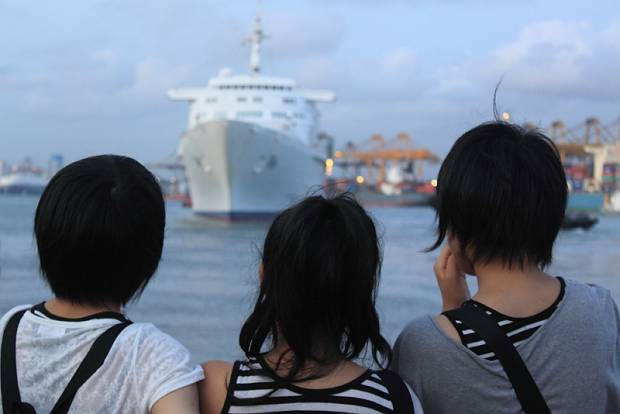
Photos: Kataoka Kazushi
TAGS: children • Disaster Relief • Fukushima • Fukushima Youth Project • Japan • Kanto-Tohoku Earthquake and Tsunami • Minamisoma • Peace Boat • peaceboat • ReliefNew Ganbatte 365 video clips: Oyster Farming
August 27, 2011
Two new videos have been uploaded by the Ganbatte 365 project introduced earlier on this web site (here).
See below for two clips of Peace Boat efforts supporting the oyster industry in Ishinomaki.
* These clips have been uploaded with the approval of Ganbatte 365 under the Creative Commons License. Other clips can be viewed here in both Japanese and English.
TAGS: Disaster Relief • Earthquake • Ganbatte 365 • international volunteers • Ishinomaki • Japan • Kanto-Tohoku Earthquake and Tsunami • Onagawa • oysters • Peace Boat • Relief • Tsunami • video • volunteering • VolunteersSupport from Paraguay in South America!! Charity sports event for Ishinomaki
August 26, 2011
Peace Boat has received support for its disaster relief operations from many countries around the world including: support from a volunteer team from Sri Lanka; a gift of tsunamika from South India; support from a group of Nigerians living in Japan; and help from countless numbers of international volunteers.
Today’s report is about another act of support, this time from Paraguay.
Paraguay is located in almost the center of the South American continent. It is surrounded by many large countries with Brazil to the East/Northeast, Bolivia to the West/Northwest and Argentina to the South/Southwest. There are no coastal borders and so Peace Boat’s ship is unfortunately unable to visit this inland nation. It takes 30 hours by plane from Japan and of course there are no direct flights.

"South America Maps and Online Resources." Infoplease Atlas. © 2000–2007 Pearson Education, publishing as Infoplease. NOTE: Copyright/source varies; see information on or below map. 26 Aug. 2011 <http://www.infoplease.com/atlas/southamerica.html>.
On July 26, a charity sports event called “Corrida por Japon” or “Let’s run for Japan!” was held by the Japan Chamber of Commerce in Paraguay (Camara de Comercio e Industria Japonesa del Paraguay) in the capital city of Asunción. Approximately 1000 people participated in the event in support of Japan with participants young and old, the youngest person being 12 years old. During the event there was a presentation explaining the current situation in the disaster-affected areas as well as a lively Taiko (Japanese drumming) performance as a prayer for recovery. Support funds which were collected at the charity event were donated to Peace Boat to be used in Peace Boat’s disaster relief operations.

Representative Toyotoshi Marcello speaking about the current situation in the disaster-affected areas.

A prayer for recovery – Taiko performance.

Approximately 1000 people running in the charity marathon wearing t-shirts made especially for the event.
A key organizer of this event was Marcello, the son of the Japanese ambassador to Paraguay Toyotoshi Naoyuki, who organized the event upon hearing details from his father about the situation in Japan after visiting Ishinomaki in a trip coordinated by Peace Boat. We will never forget the support from these people in Paraguay, a far away country that has never experienced a tsunami, who gathered to think about the people in the disaster-affected areas 5 months after the disaster occurred.
On Sunday August 28 the second “Corrida por Japon” will be held in Encarnación city. Even people who cannot run express their desire to offer support by walking in the marathon with their family members.
The catchphrase for this event is “Fuerza Japon!” or “Strength for Japan!”
Next time we want to return the feeling by saying “Fuerza Paraguay!”
